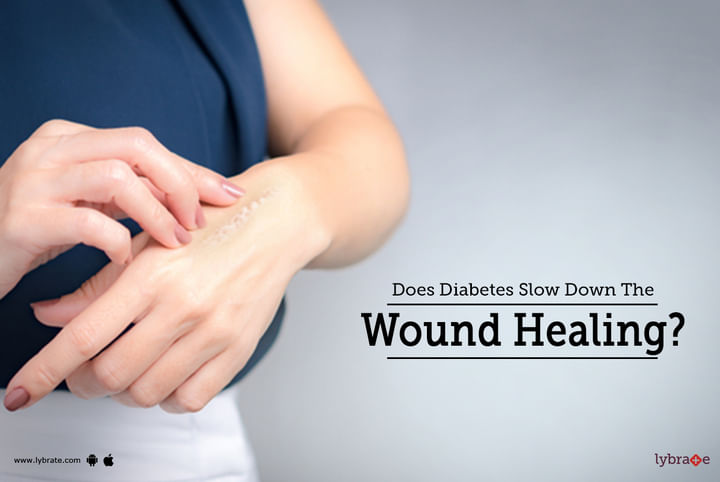Does Diabetes Slow Down The Wound Healing?
Minor cuts, burns, and injuries are unfortunate, but unavoidable parts of life. However, if you have diabetes, these wounds may pose serious health issues. This is because wound healing among diabetics is slower. Sometimes, the wounds may never heal or may not heal well, eventually leading to an infection.
If the wounds or cuts remain unhealed, the infection can spread to the bones and underlying tissues surrounding the wound, or to other parts of the body. Without immediate care, the infection can become worse, often leading to life-threatening conditions like gangrene, foot ulcers and sepsis.
Why does it take time for wounds to heal in diabetes patients?
Several studies have established a link between wound healing and blood glucose. Research shows that patients, who opted for surgery for chronic diabetes wounds are more likely to heal completely if they control their blood sugar efficiently prior to the surgery.
Diabetes impairs your body's sensitivity to or production of insulin – the hormone that allows the cells to utilize glucose from the bloodstream for energy. Due to this disruption, it becomes more difficult for the body to control blood sugar levels.
Persistently high blood sugar levels impair the functioning of white blood cells. These cells are central to the role of the body’s immune system. When white blood cells are unable to function properly, the body may not be able to heal injuries and fight bacteria as efficiently as it should.
Those living with uncontrolled diabetes may have poor circulation. As the process of circulation slows down, blood moves more slowly. This makes it even more difficult for the body to deliver nutrients to cuts and wounds. As a result, the injuries take time to heal, or may not heal at all.
Diabetes may also cause damage to the nerves – a condition known as neuropathy – which can slow down the process of wound healing. The damaged nerves can cause a numbing sensation in the injured area. As a result, many diabetes patients sustaining trauma to their limbs may not even realize or be aware of the injury.
If a person is unaware of an injury, he/she might not receive proper treatment, which might allow the cut to deteriorate. A combination reduced sensation in the affected region and slow healing increases the risk of infection significantly.
It is important for diabetics to keep their blood glucose levels in check to lower the risk of slow wound healing and the related complications. In addition to that, you must also adopt appropriate steps to take care of the injured area – clean the wound and keep it dry to avoid the infection from spreading.


+1.svg)
